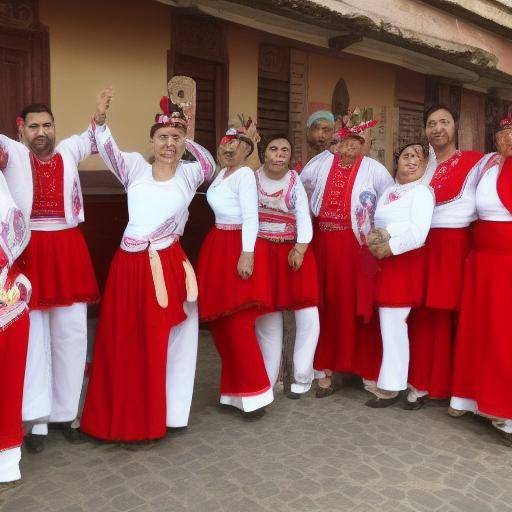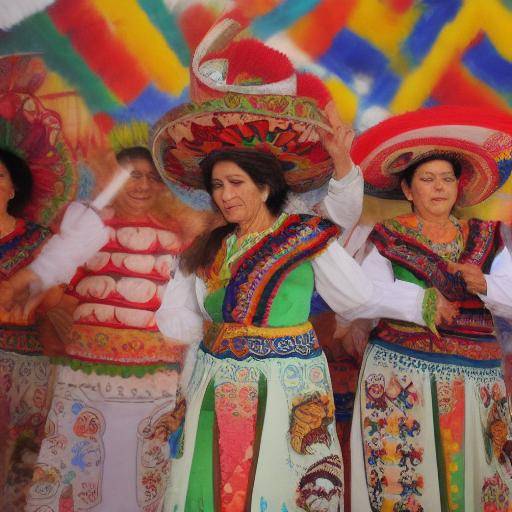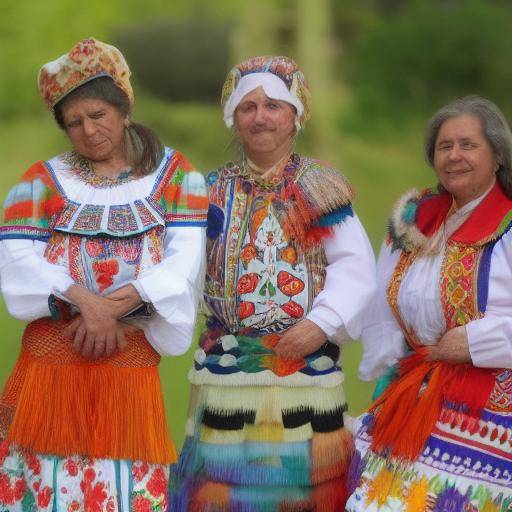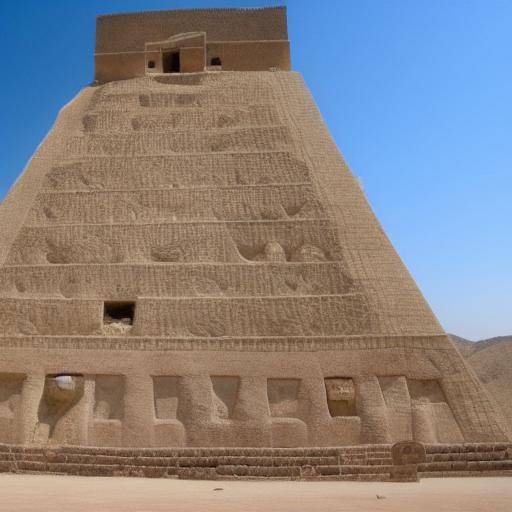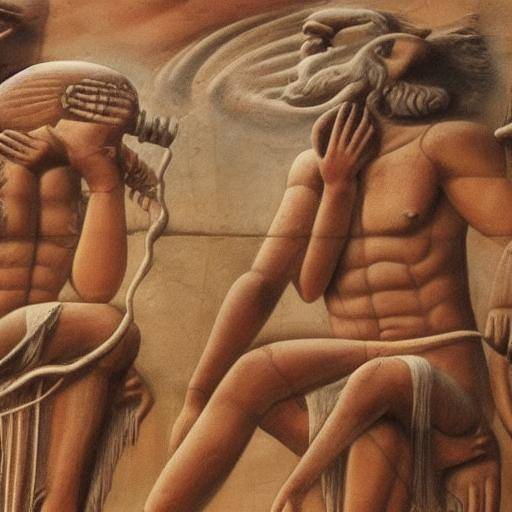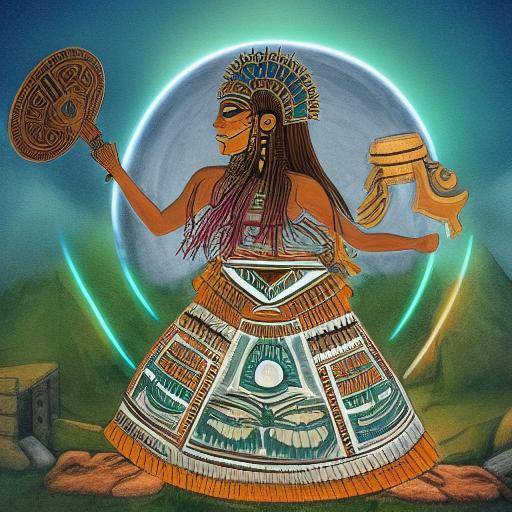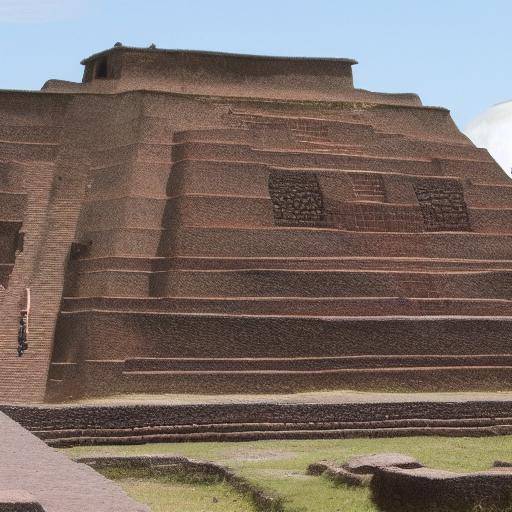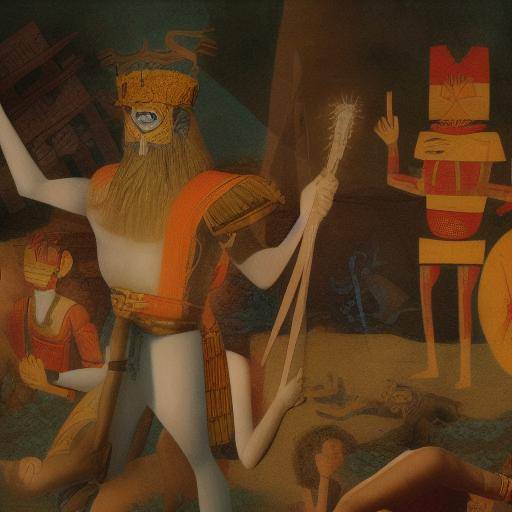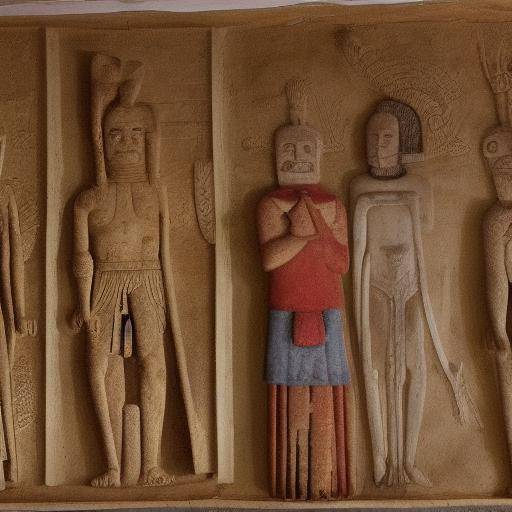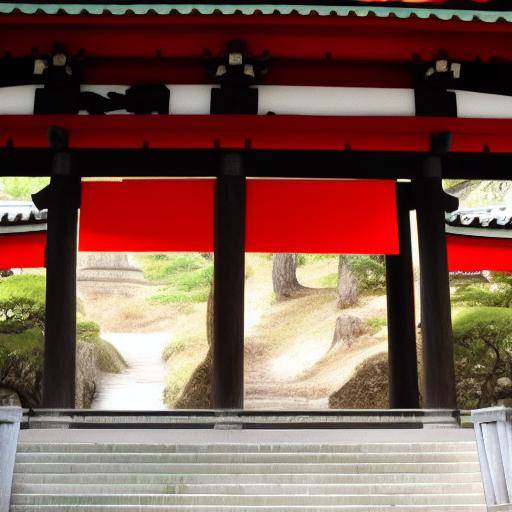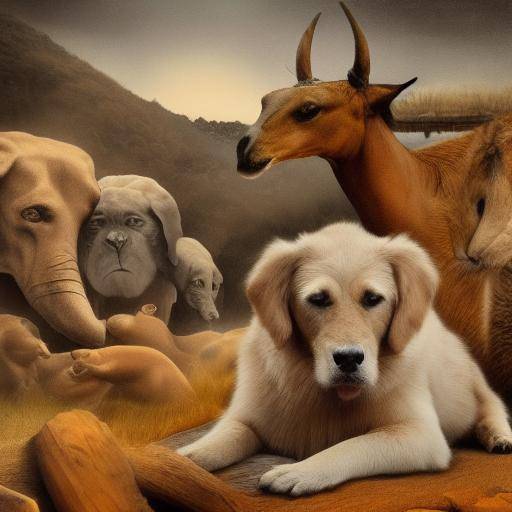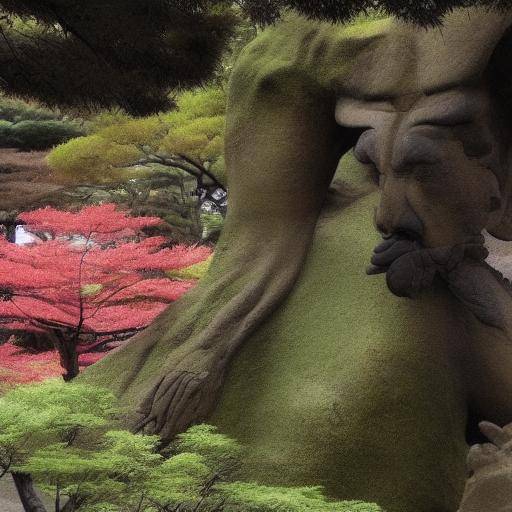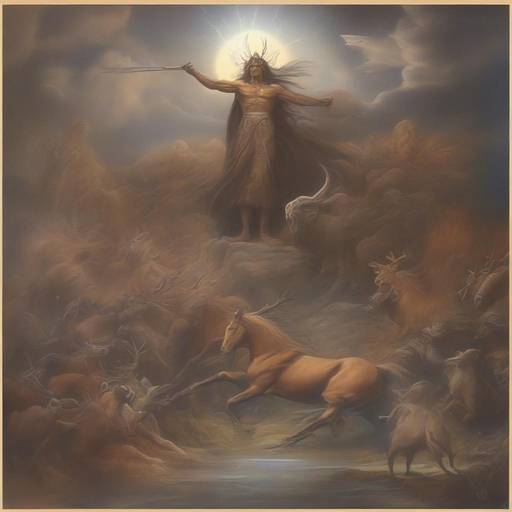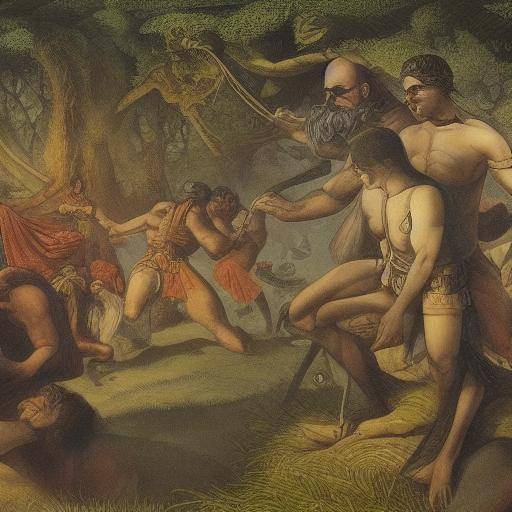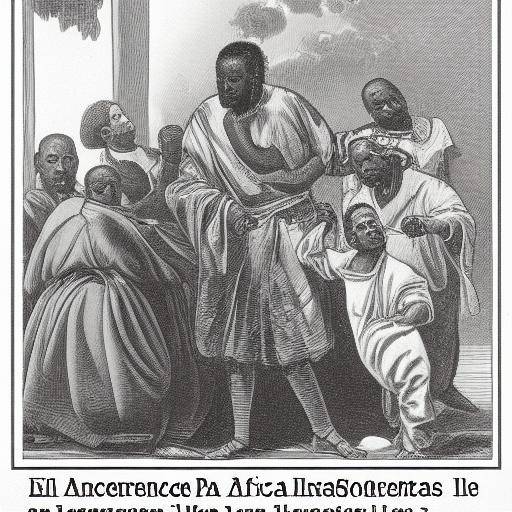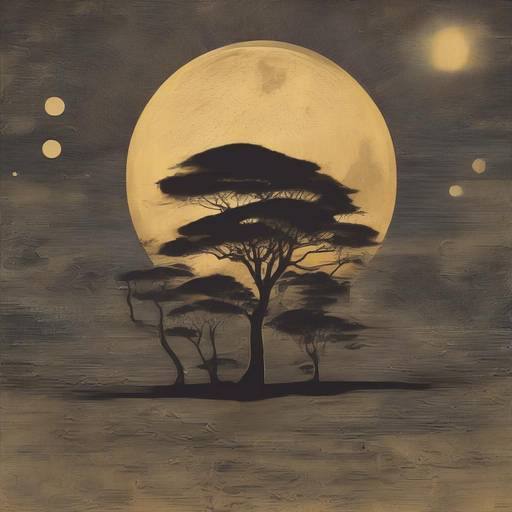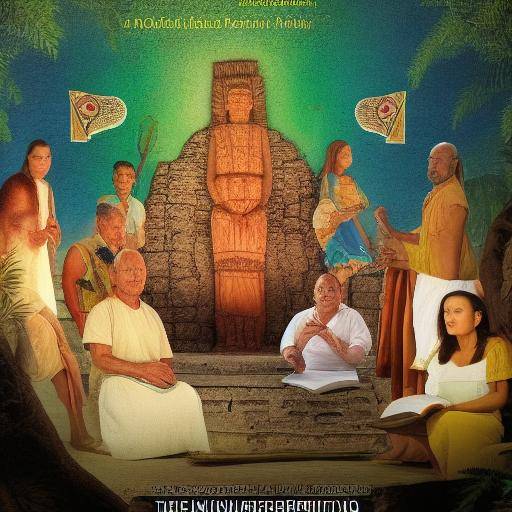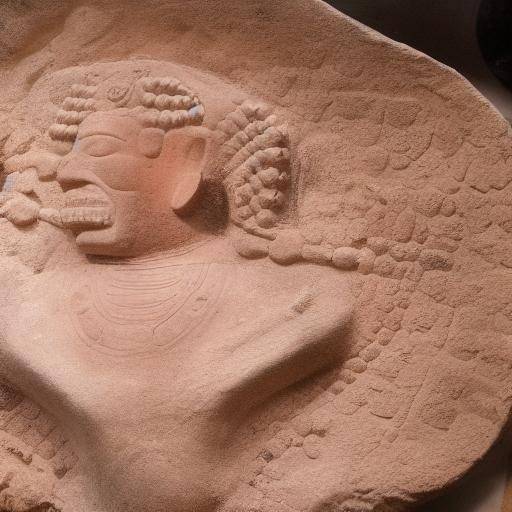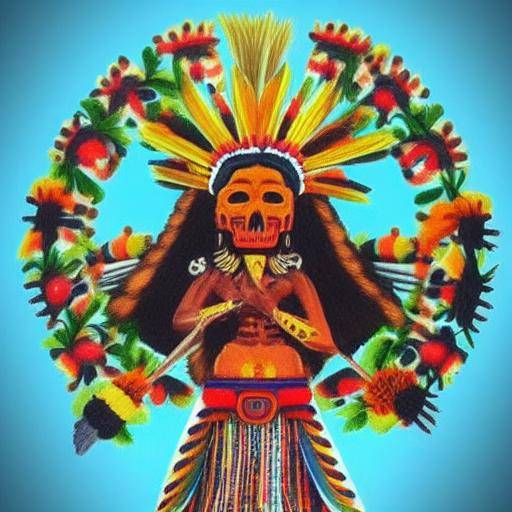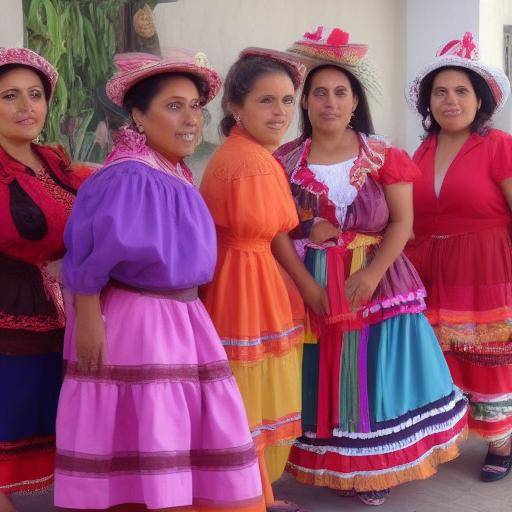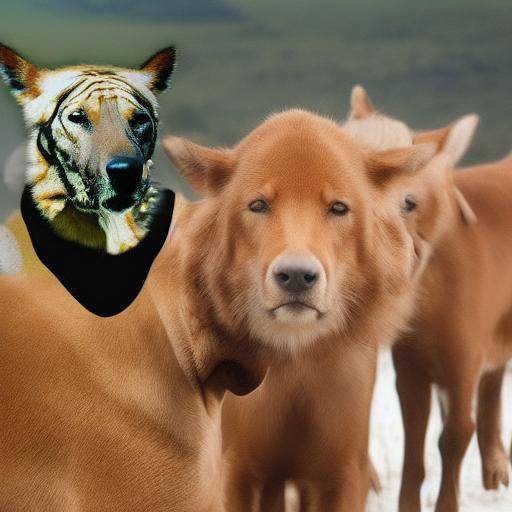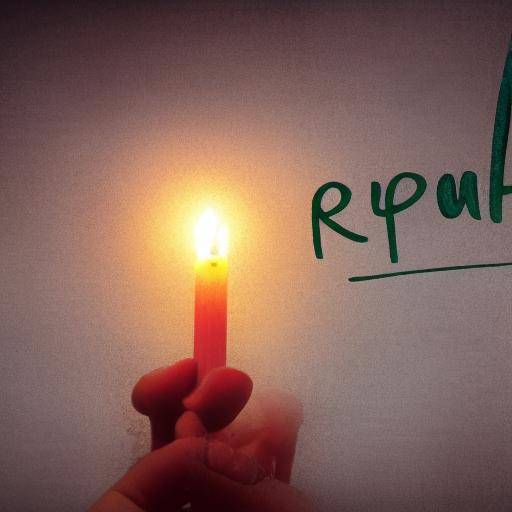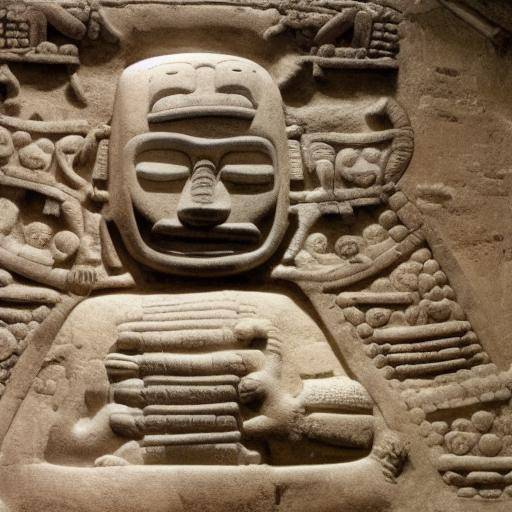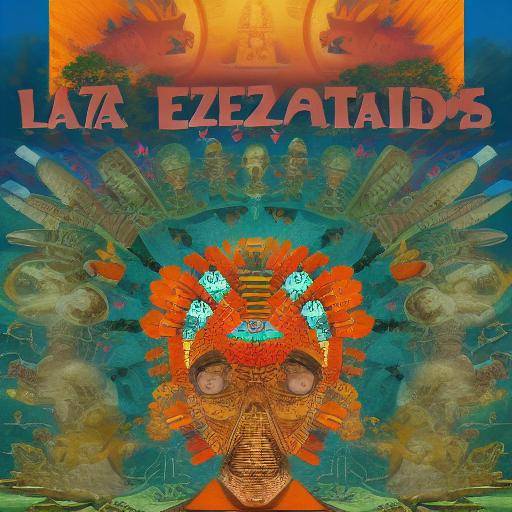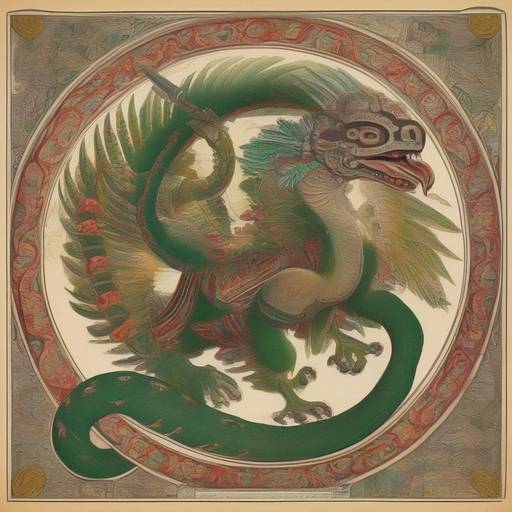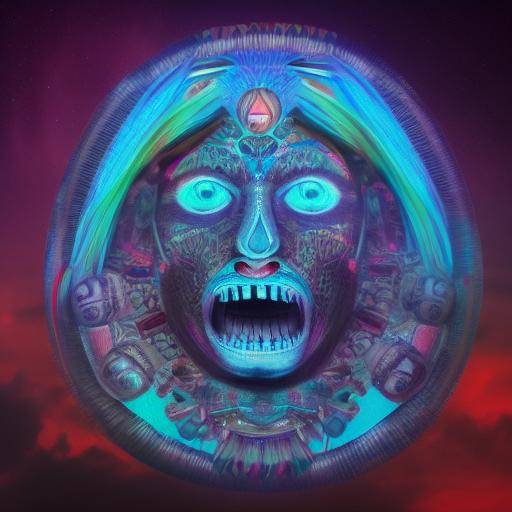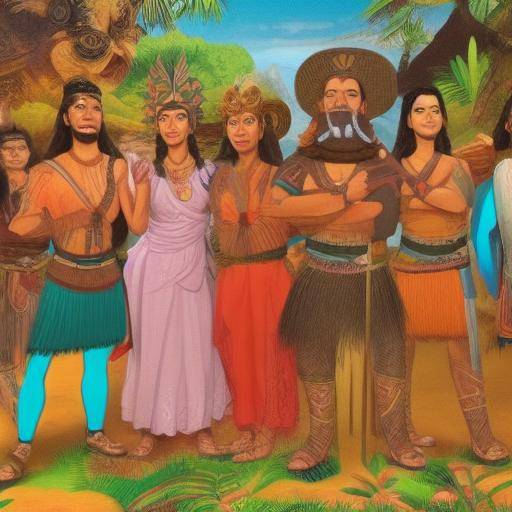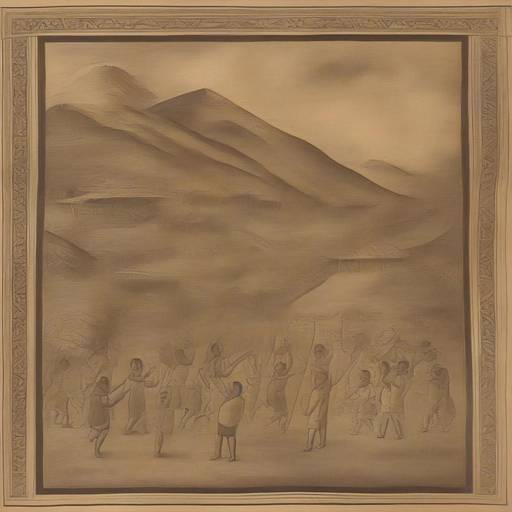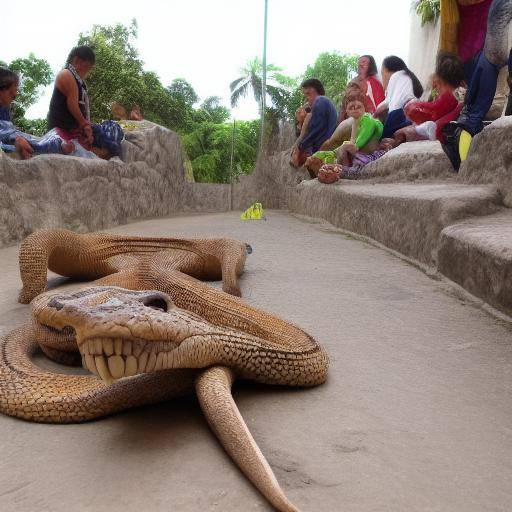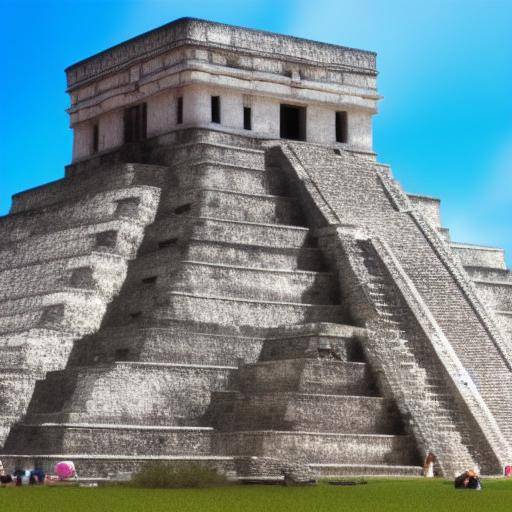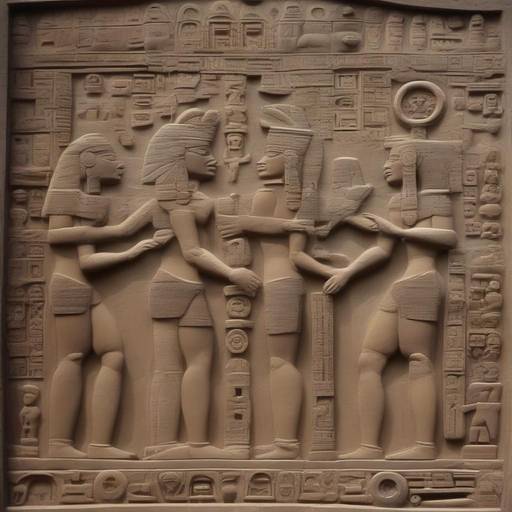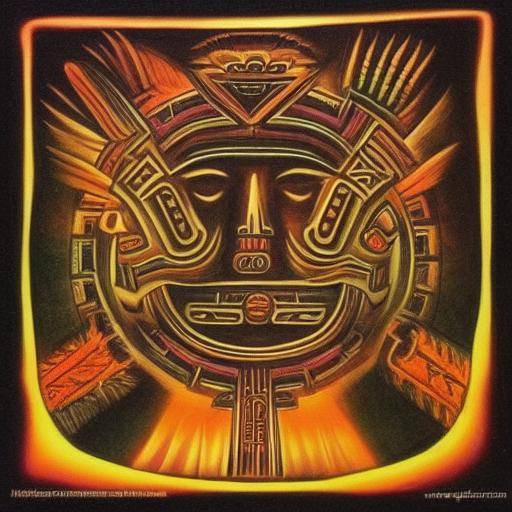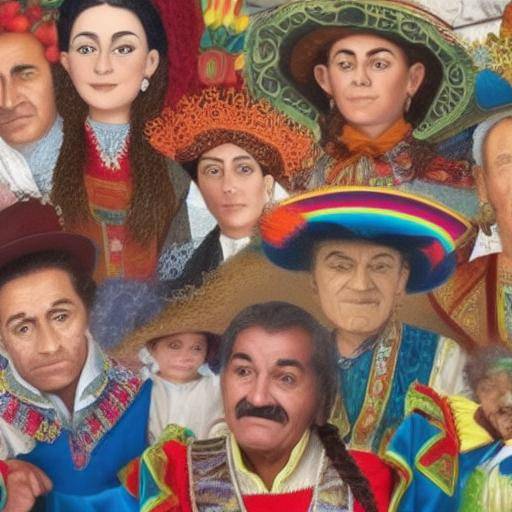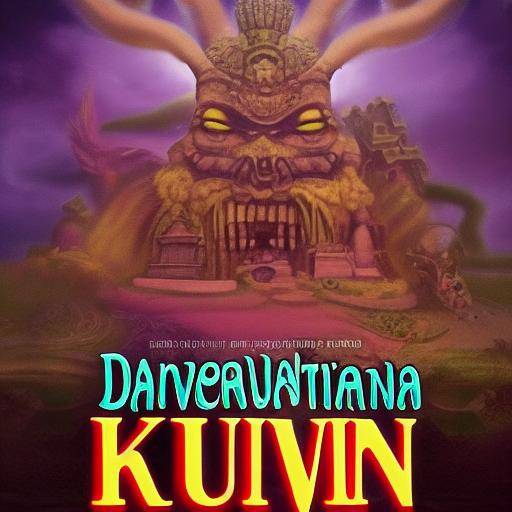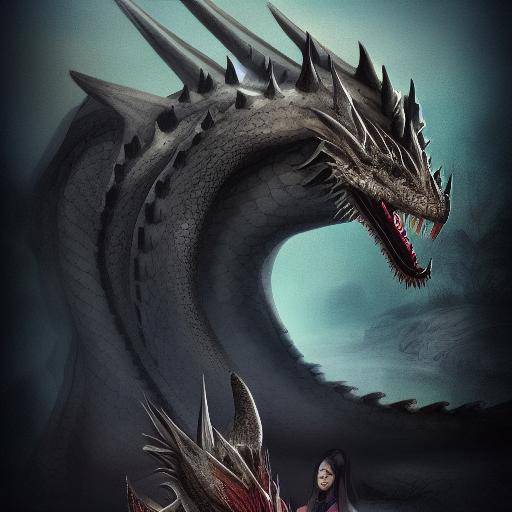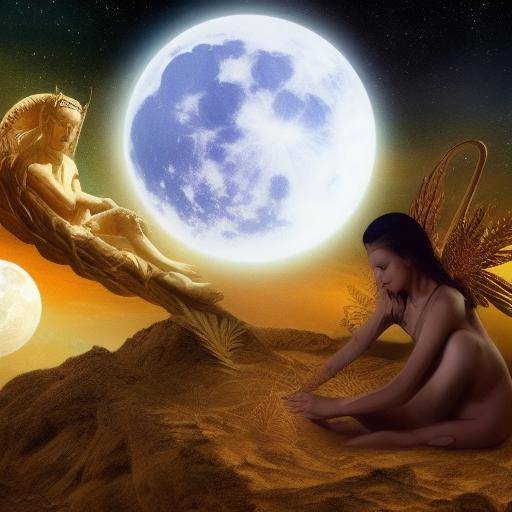
Introduction
Latin American pre-Columbian mythology is full of charm, magic and mystery. The stories of gods and deities that populate the heavens and the earth have been transmitted from generation to generation, creating a rich tapestry of legends. Among the most prominent figures in these narratives are the sun and moon, objects of worship and reverence in many pre-Columbian cultures. In this article, we will explore the myths, beliefs and fascinating stories surrounding the sun and moon in pre-Columbian mythology, thus revealing the cultural and spiritual importance that these luminaries had for the ancient civilizations of America.
History and Background
The pre-Columbian civilizations of America, such as Aztecs, Mayas, Incas, and many other indigenous groups, had a profound relationship with the sun and moon. These stars were not only fundamental astronomical elements, but also played a crucial role in the religious and mythological beliefs of these cultures. The myths surrounding the sun and moon were as varied as the cultures that worshiped them, but they shared similarities in their transcendental importance.
Aztecs and Mayas: Adoration and Ritual
In Aztec mythology, the sun god Tonatiuh was regarded as the fifth sun, the god who had been sacrificed to give light to the world. The Aztecs made human sacrifices to ensure that the sun continued its journey through heaven. On the other hand, the Mayas worshiped the god K'inich Ajaw, who personified the sun and whose features are also linked to royalty and fertility.
Incas: Inti and Mama Quilla
In the Inca culture, Inti was the supreme god of the sun, and his sister Mama Quilla personified the moon. These gods were venerated and celebrated through festivals and rituals in which sacrifices were offered and ceremonial dances were performed in their honor. The inca cosmovision was deeply intertwined with the sun and moon, and its influence was reflected in all aspects of daily life.
Analysis in Deep
The worship of the sun and moon in pre-Columbian mythology was not only a religious aspect, but was also closely linked to everyday life, agricultural cycles and the social organization of these civilizations. The influence of these beliefs could be seen in the architecture, art, agriculture, astronomy and calendars that these cultures developed.
Comprehensive review
The sun and moon were fundamental in the worldview of Latin American pre-Columbian cultures. Their myths and beliefs not only reflected the importance of these stars in everyday life, but also revealed the profound spiritual connection that these cultures had with nature and the universe.
Comparative analysis
The similarities and differences in the myths of the sun and the moon between the different pre-Columbian cultures offer a fascinating perspective on how these civilizations understood and worshiped natural phenomena. Despite variations, the transcendental importance of the sun and moon in pre-Columbian mythology is a testimony of the deep reverence these cultures had towards nature and the cosmos.
Practical Tips and Accessible Recommendations
To fully understand the wealth and diversity of beliefs surrounding the sun and moon in pre-Columbian mythology, it is crucial to explore in detail the narratives and rituals associated with these deities. As you immerse yourself in these stories, you discover a world of mysticism and ancestral knowledge that remains relevant today.
Industry Perspectives and Expert Reviews
Scholars and experts in pre-Columbian mythology offer an invaluable insight into the importance of the sun and moon in the ancient cultures of America. His research brings light on the complex interactions between mythology, astronomy and the worldview of these civilizations, providing a deeper understanding of the cultural and spiritual importance of the sun and moon in Latin America's history.
Case Studies and Real Life Applications
The analysis of concrete cases in which the myths of the sun and the moon are manifested in pre-Columbian mythology allows us to appreciate how these beliefs influenced the decisions, behaviors and rituals of ancient American societies. By exploring these cases, the complexities of these beliefs and their impact on the daily lives of pre-Columbian cultures are unraveled.
Future Trends and Predictions
The legacy of sun and moon myths in pre-Columbian mythology has a profound impact on the understanding of Latin American traditions and cultural identity. As research and interest in pre-Columbian mythology continue to grow, it is important to recognize the continuing relevance of these beliefs in contemporary society and to predict their influence in the future.
Conclusion
The myths of the sun and moon in pre-Columbian mythology represent a fascinating window to the beliefs, spirituality and conception of the world of the ancient cultures of Latin America. Through the exploration of these narratives, we can appreciate the deep reverence and connection that these civilizations had with the natural phenomena, and better understand the richness and diversity of the cultural heritage of the region.
Frequently asked questions
1. What did the sun and moon mean in pre-Columbian mythology?
The sun and moon were seen as supreme gods or deities in many pre-Columbian cultures, and their influence transcended the simply astronomical to dominate all spheres of life.
2. What rituals or ceremonies were associated with the sun and moon in pre-Columbian mythology?
The rituals varied between different cultures, but in general, worship ceremonies, dances, and offerings to honor the sun and the moon were held.
3. How did the myths of the sun and the moon influence the agricultural and calendary practices of pre-Columbian cultures?
The observation of solar and lunar cycles was fundamental to agricultural practices, and many pre-Columbian calendars were directly linked to these astronomical observations.
4. Did you lose any influence on the myths of the sun and moon in Latin America's contemporary culture?
Yes, many aspects of pre-Columbian mythology remain present in Latin American culture, spirituality and popular traditions, keeping alive the connection with the sun and moon.
5. Why was the sun and moon so important in the worldview of pre-Columbian cultures?
The sun and moon were seen as fundamental pillars of existence and nature, influencing social organization, religious rituals and the understanding of the world in pre-Columbian cultures.
6. Is there similarities between the myths of the sun and the moon in the different pre-Columbian cultures?
Although there are variations in mythical accounts, there are similarities in the functions and attributes given to the sun and moon, which highlights their common importance in pre-Columbian mythology.
In short, the myths of the sun and moon in pre-Columbian mythology constitute a fundamental part of the cultural and spiritual legacy of Latin America, offering an enriching view of the beliefs, traditions and deep connection with the nature that characterized these ancient civilizations.

